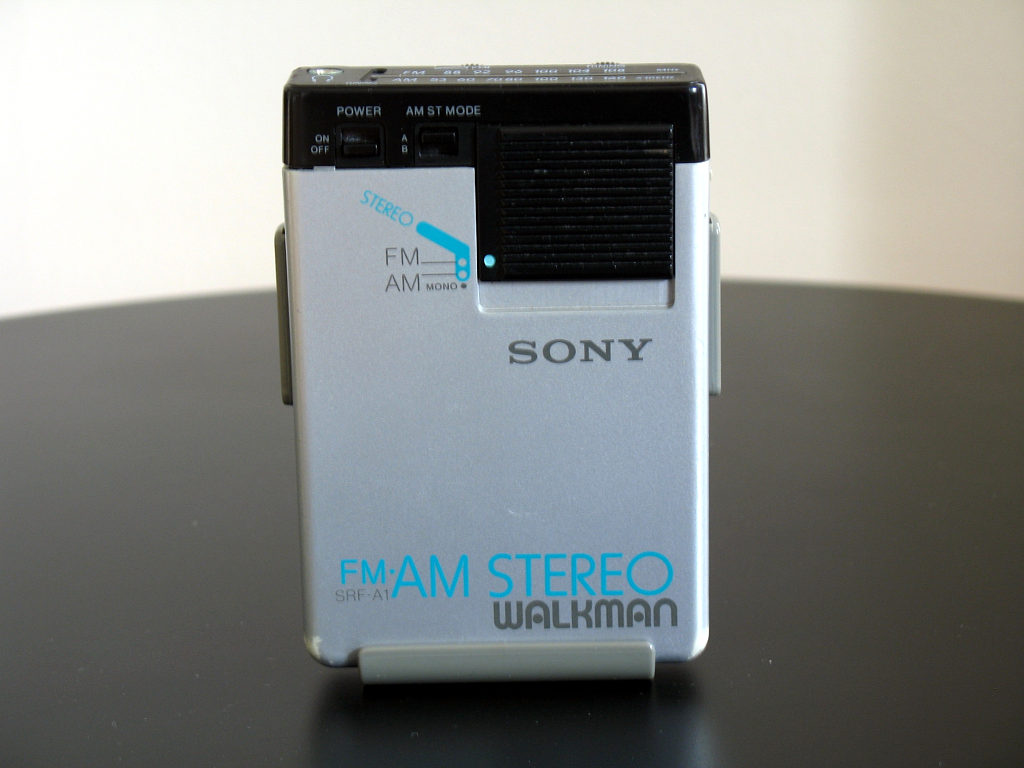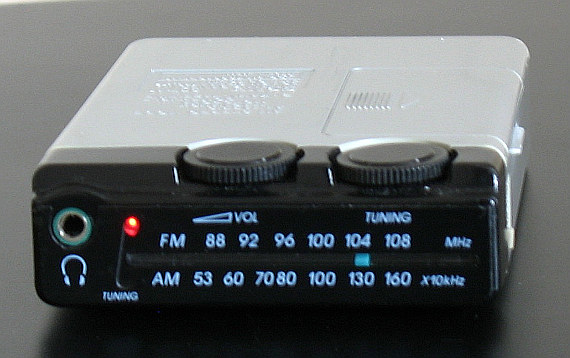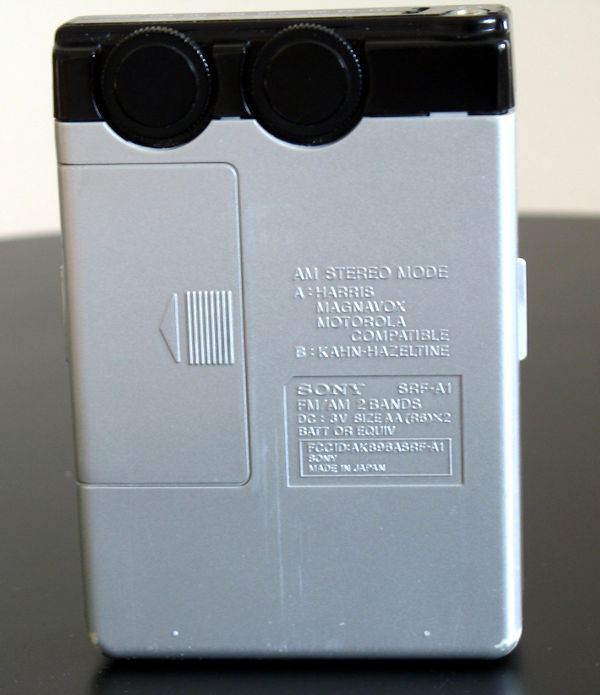
In the 1980s, AM radio was already in decline. Equipment manufacturers and some broadcasters promoted AM stereo -- a concept that had been around for years but never really pursued with enough vigor to come up with a workable system. Finally, four such systems were developed. More on that farther along in this point; we'll just start by reporting that AM stereo was going to be the great hope of AM radio. Radios that with stereo capability and wider frequency response would enter the marketplace and help revive a flagging medium.

Unfortunately for the great hope of AM radio, AM stereo radios never were easy to find. You had to look for them. You had to be motivated to look for them. Remember that this was before the conservative talk movement of the late 1980s and early 1990s gave AM radio a niche to fill. (I don't think stereo would have done those stations much good, anyway. Everything would have been in the right channel.)
So combine a medium searching for compelling content with a technological improvement that wasn't widely implemented, and you got AM stereo.
Even so, a few good radios are a legacy of that time. Here's one of them, the Sony SRF-A1 Walkman, produced from 1984 to 1985. I bought this one on closeout at a Houston catalog distributor for $29 in 1985. I think the original retail value was about $40. In 2011, they went for $100 or more on eBay. For the 2020 revision of this review, I wasn't able to find a listing for a working SRF-A1. One was being offered "for parts" for $65. These data points indicate that their value has at least kept up with inflation.
AM radios with stereo capability also tended to have better frequency response than the typical AM radio. The stereo/mono switch also selects the audio bandwidth. The audio bandwidth for mono reception is narrower than for stereo reception, beginning its rolloff at 4.4 kHz but with a very gentle slope, with response down 20 dB at 9 kHz. In stereo, my measurements may have been hitting the limits of my test setup, a conclusion I reached because I expected high-frequency response to be relatively flat to 10 kHz, but that didn't seem to be the case. Still, frequency response was better than most AM radios. Response started rolling off at 8.7 kHz, also rolling off gradually, with response down 20 dB at 12 kHz. No San Francisco Bay Area AM station has broadcasted in stereo since about 2003, so I wasn't able to test this with audio from a full-power station.
There's an FM radio, too. It's adequate for reception of strong local signals, but does not perform well on weaker signals. Oddly, the radio is more sensitive and less prone to signal overload than its bigger "brother", the Sony SRF-A100. But it's still middling at best. (In my review of vintage Sony Walkman radios, I have included a comparison of the SRF-A1's performance with other Walkmans and with DSP-based radios.) You can do far better for FM performance. You get this radio for what it can do on AM.

The back of the radio tells more of the saga of AM stereo. The Federal Communications Commission, which is supposed to set standards for this sort of thing, didn't. Well, they tried. First they picked a standard by Magnavox. However, there were problems with it. In a fit of free-market frenzy, the Commission then said, "let the marketplace decide." Of the many dumb things the Commission has done, this non-decision had to be just about the dumbest thing it ever did. The marketplace turned out to be indecisive. A standard finally was set in the early 1990s, but by then it was too late.
Four -- count 'em, four -- systems competed to be the winner. Sony radios attempted to decode all four systems. Three of them actually were pretty close, and the Sony multi-system chip could figure out how to handle them. The fourth, the Kahn system, was considerably different, and required the user to select it with a switch on the front of the unit. The Sony SRF-A100 had the same kind of switch. Other manufacturers selected one system or another to support. Eventually, the Motorola system started emerging as a de facto standard, and the Commission finally adopted it. Other countries, such as Australia, Canada, and Japan, had already done so.
That wasn't the only problem with AM stereo, as might be indicated by the fact there are few AM stereo stations today in Australia or Canada. Japan appeared to be a different story, though. Sony was still making AM stereo radios for its home market up through the early 2010's.
Reportedly, in September 2019, KVON in Napa, California began broadcasting in AM stereo. Its directional signal is aimed away from my East Bay location; during a trip to the nearby community of Sonoma in 2020, I used a Sony SRF-A100 radio to pick up that signal, which did appear to be in stereo.
Other AM stereo radios from Sony: SRF-A100 | SRF-AX15 | SRF-42